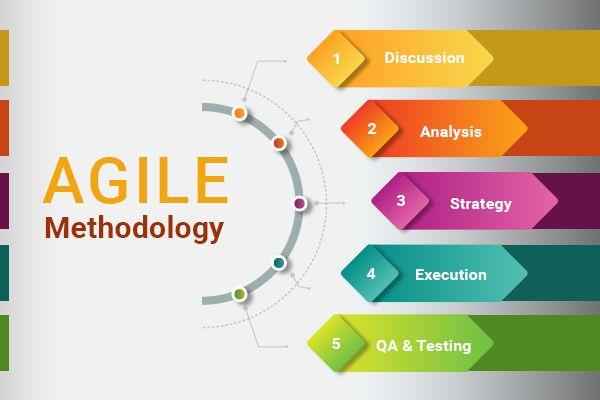What is Agile Methodology

In this section, we will discuss about agile methodology. Therefore, let’s begin
Agile is a time boxed, iterative approach to software delivery that builds software incrementally from the start. That is to say, agile does not deliver software all at once near the end.
Moreover, it works by breaking projects down into little bits of user functionality generally known as user stories. Further, it prioritizes them, and then continuously deliver them in short two week cycles.
Agile in a nutshell
- First things first, to be agile merely means to be quick. However, quick is a comparative term which denotes the “degree of comparison between similar adjectives”. In other words, the word “quick” evaluation occurs by comparing it to other adjectives with similar meaning with an end result that has the potential to be highly subjective. Further, the assessment of the word “quick” is relative and has a customize base perceptions.
- Secondly, agile development focuses on iterative incremental development to evolve requirements and solutions through team collaboration. Moreover, it recommends a time-boxed iterative approach, and encourages rapid and flexible response to change. However, it is a theoretical framework and does not specify any particular practice that a development team should follow.
- Further, early implementations of agile methods incorporates the following:
- Rational Unified Process (1994),
- Scrum (1995),
- Crystal Clear,
- Extreme Programming (1996),
- Adaptive Software Development,
- Feature Driven Development (1997),
- Dynamic Systems Development Method (DSDM) (1995).
All these methods are collectively known as Agile methodologies, after publication of the Agile Manifesto in 2001.
Get certified and unlock more opportunities. Practice and Validate your skills to become a Certified Agile Testing Professional Now!

